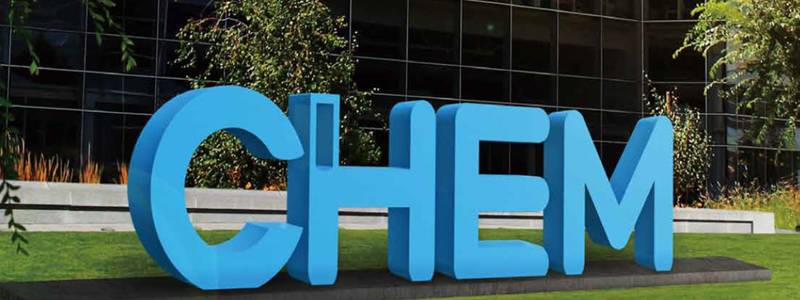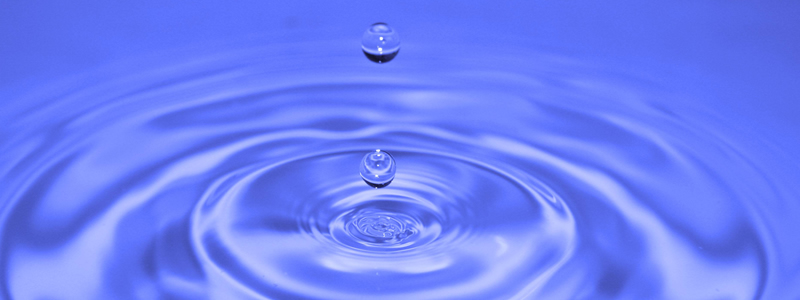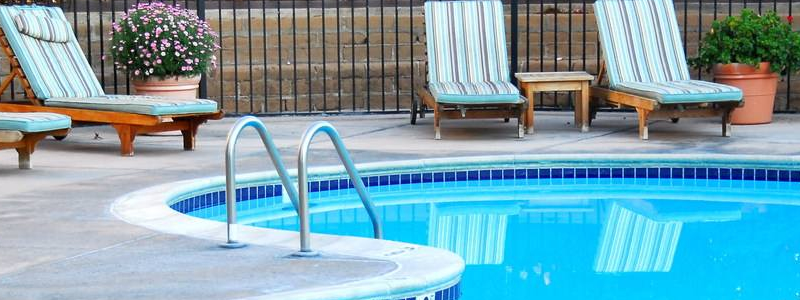
Polyelectrolytes in water treatment
Polyelectrolytes are polymers whose repeating units bear an electrolyte group. Polycations and polyanions are polyelectrolytes. These groups dissociate in aqueous solutions (water), making the polymers charged. Polyelectrolyte properties are thus similar to both electrolytes (salts) and polymers (high molecular weight compounds) and are sometimes called polysalts. Like salts, their solutions are electrically conductive. Like polymers, their solutions are often viscous. Charged molecular chains, commonly present in soft matter systems, play a fundamental role in determining structure, stability and the interactions of various molecular assemblies. Theoretical approaches to describing their statistical properties differ profoundly from those of their electrically neutral counterparts, while technological and industrial fields exploit their unique properties. Many biological molecules are polyelectrolytes. For instance, polypeptides, glycosaminoglycans, and DNA are polyelectrolytes. Both natural and synthetic polyelectrolytes are used in a variety of industries.
Polyelectrolytes are water soluble polymers composed of a long polymer chain, combined with an ionic charge. Depending on the nature of the ionic charge, the polyelectrolyte can be classified as Cationic, Anionic or Non-Ionic. Polyelectrolytes are available as various grades on basis of molecular weights, charge densities, and hydrolysis values.
Polyelectrolytes are capable of promoting flocculation by neutralising the electric charges of suspending particles in the water and unstabilizing the particles. The particles are subsequently absorbed by the activated functional group in the polymer chain.
Polyelectrolytes have many applications, mostly related to modifying flow and stability properties of aqueous solutions and gels. For instance, they can be used to destabilize a colloidal suspension and to initiate flocculation (precipitation). They can also be used to impart a surface charge to neutral particles, enabling them to be dispersed in aqueous solution. They are thus often used as thickeners, emulsifiers, conditioners, clarifying agents, and even drag reducers. Many soaps, shampoos, and cosmetics incorporate polyelectrolytes. Furthermore, they are added to many foods and to concrete mixtures (superplasticizer). Some of the polyelectrolytes that appear on food labels are pectin, carrageenan, alginates, and carboxymethyl cellulose. All but the last are of natural origin. Finally, they are used in a variety of materials, including cement.
Polyelectrolytes find application in industrial waste water treatment, drinking water treatment, sewage treatment and various process industries like sugar, paper, mining, and for oil recovery etc.
For more information or Inquiry about watertreatment products, please contact us :
TIAN@CHEM.NET
 Previous
Previous  Next
Next Get answers and advice from people you want it from.